Thirteen is the gematriyah (numerical value) of the Hebrew word Echad which means one. That is how many new students started class this summer. Curiosity led to a question: How many students have taken Kabbalah classes since we started? The answer: With the 13 new students this summer we went over 500 students. So who is the 500th student? Well it is one among the thirteen, or if we grant the power of numerology—the 13 comprise the one. As I look at the 13 new students there is a typical mix of our current student demographic—
- 9 women 4 men
- 10 Jews 3 other backgrounds
- 4 HEA, 2 Temple Sinai, 1 Bnai Chavurah, 1 Temple Emanuel, 5 unaffiliated
The mix of students speaks to our diversity across the Jewish community and beyond. We remain committed to building bridges within the Jewish community. We also try to serve as a bridge for those who want to explore and express their Jewishness in an open, safe and inclusive learning environment.
So what do I make of us surpassing more than 500 students?
This Friday is the yahrzeit (anniversary date of death) of Isaac Luria—the ARI—who before he died at age 38 left his imprint on Kabbalah teaching until this day.
His main disciple, Rabbi Chaim Vital writes of the ARI that his master overflowed with Torah. He was thoroughly expert in Scripture, Mishnah, Talmud, Midrash and Kabbalah. He was expert in the language of trees, the language of birds and the speech of angels. He could discern all that any individual had done, and could see what they would do in the future. He knew the mysteries of reincarnation. With his eyes he gazed and saw the souls of the righteous, those who had died recently and those who had lived in ancient times. From these departed souls he studied the true mysteries. All this we saw with our own eyes.
If we were living in Tzfat in 1570, we may have known about the ARI but few of us would have gained entrance into his small and exclusive cadre of students. And you would have needed to be male, Jewish and conversant with all other Jewish learning.
The number 500 represents the opening up of Kabbalah study to those who would have been restricted from study in the holy circle of the ARI. For that we can be very grateful.
May we continue to grow and fulfill the teachings of the ARI in lifting the sparks of holiness in the world. We will do it though in an egalitarian way in which each individual, no matter what their background learns to be a part of the tikkun (rectification) as promoted by the spiritual insights of the Kabbalah.



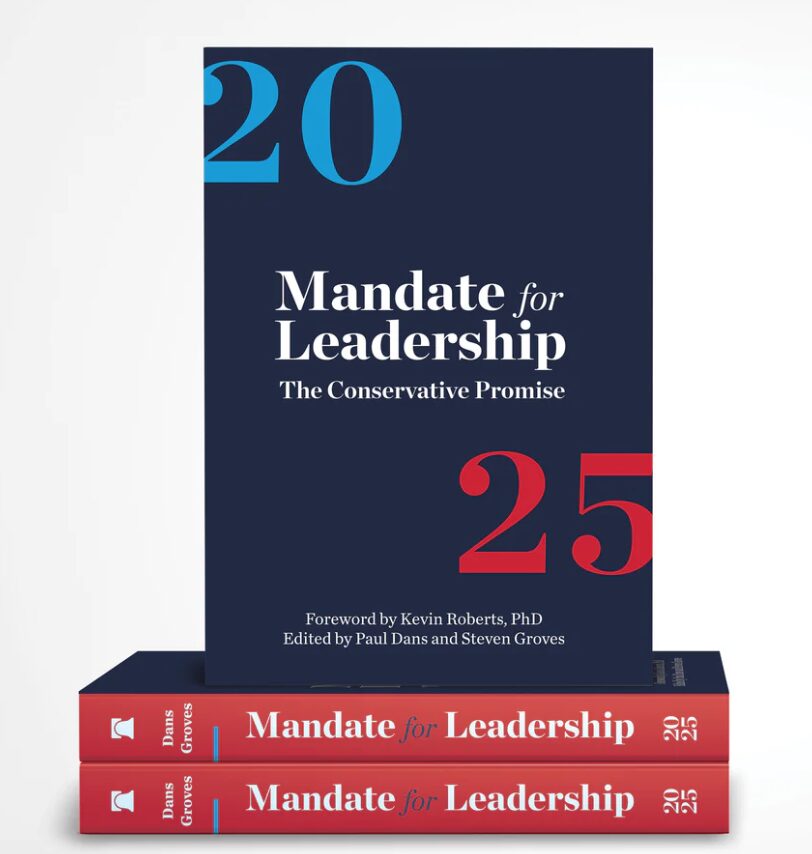
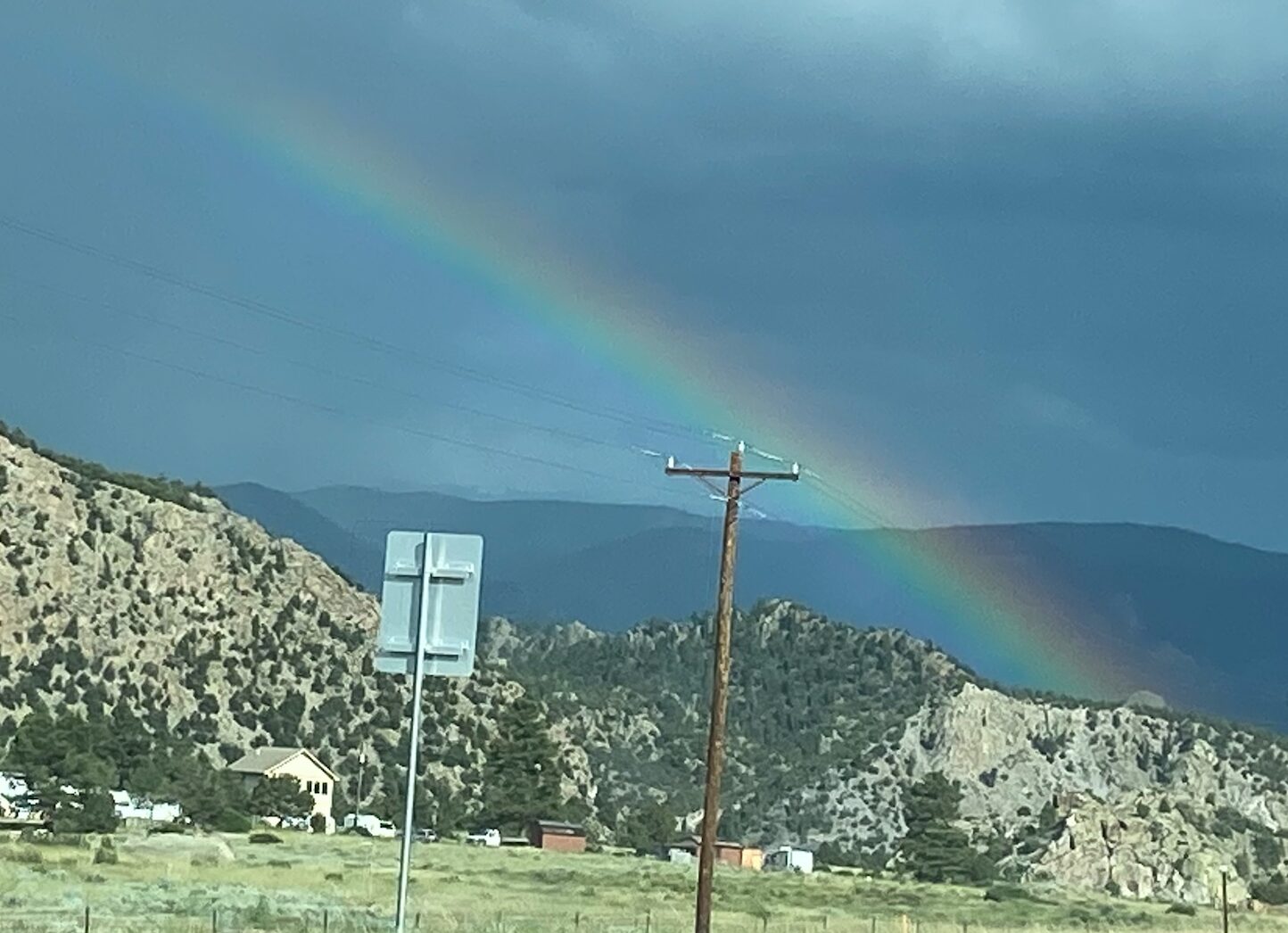

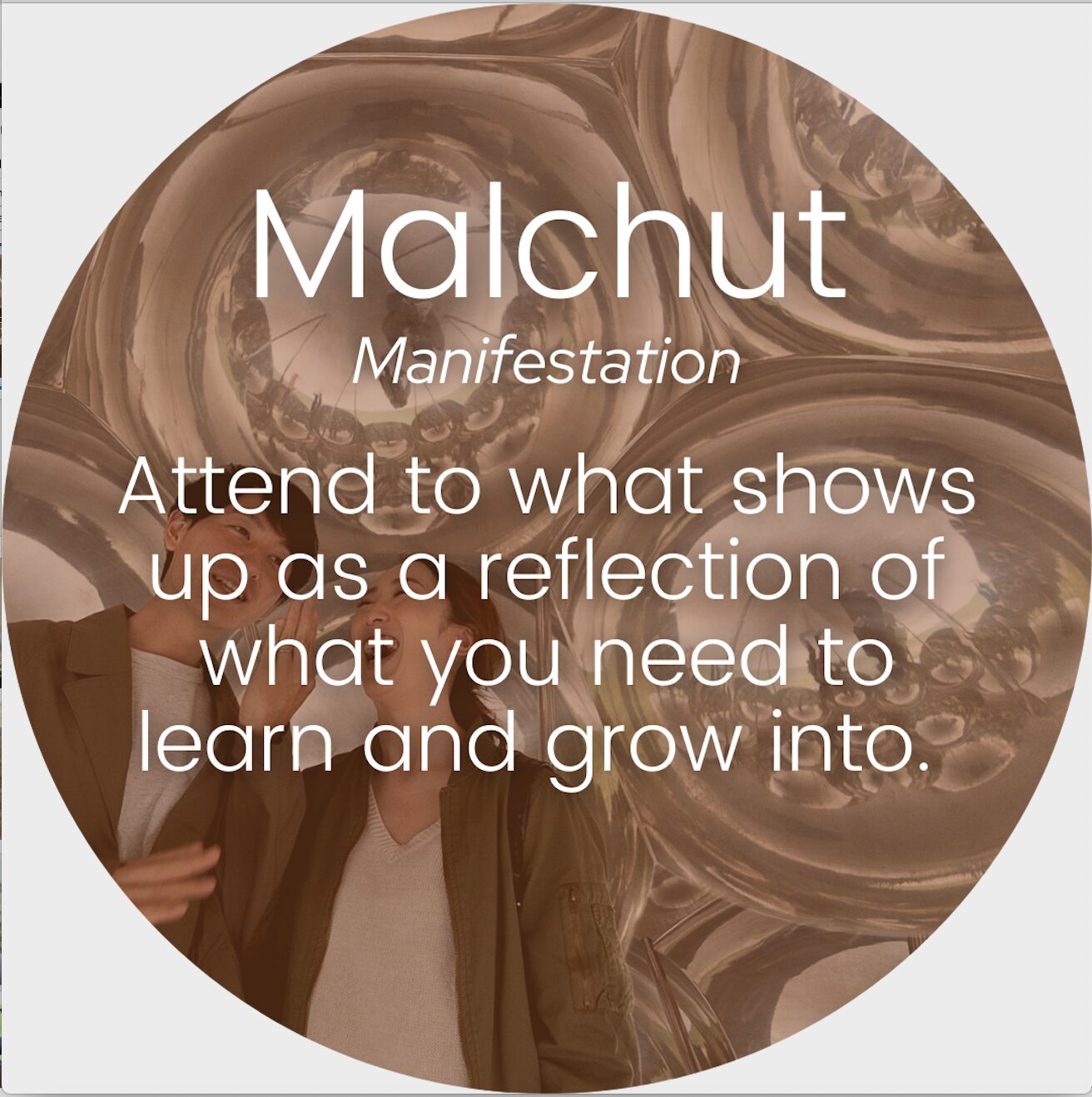
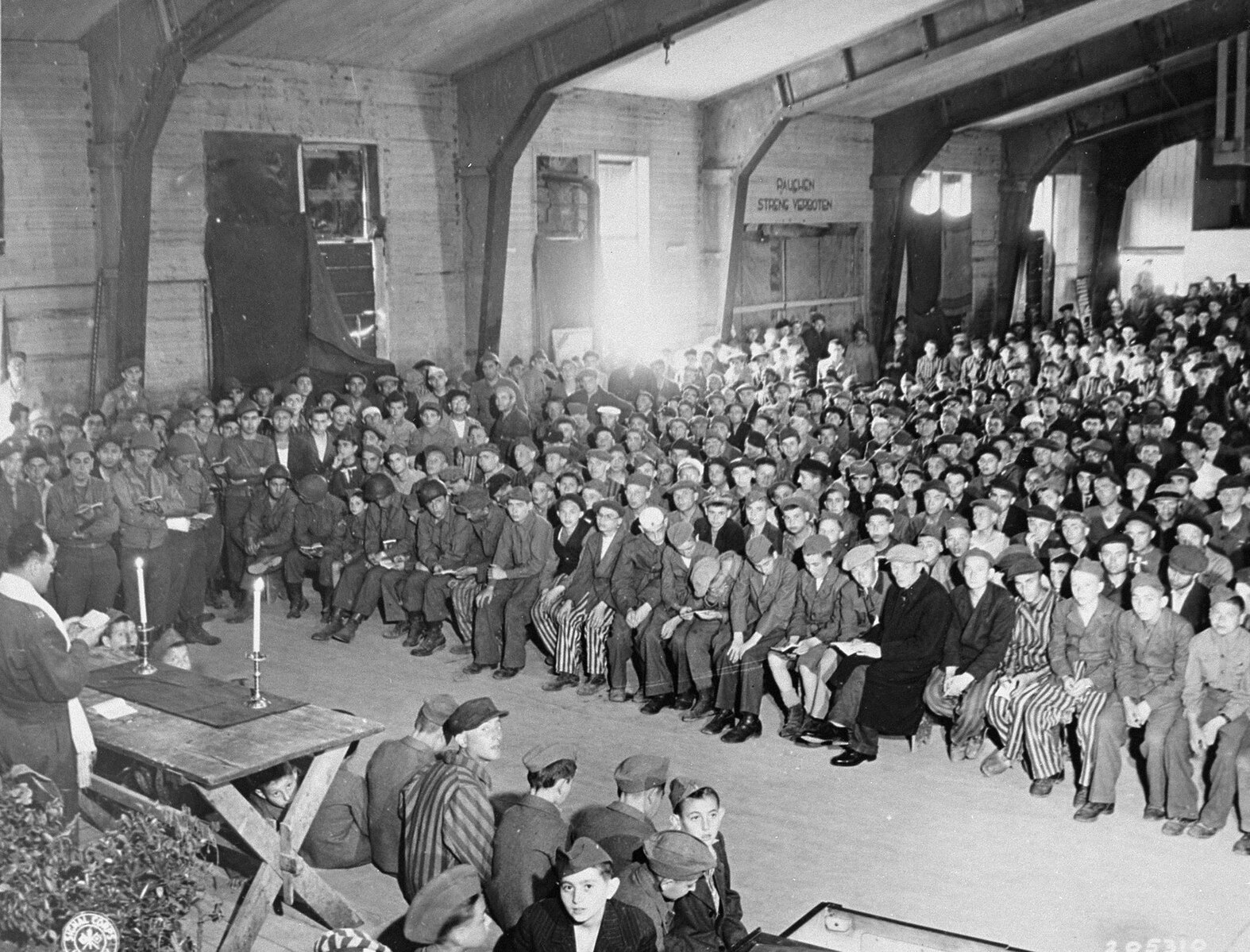

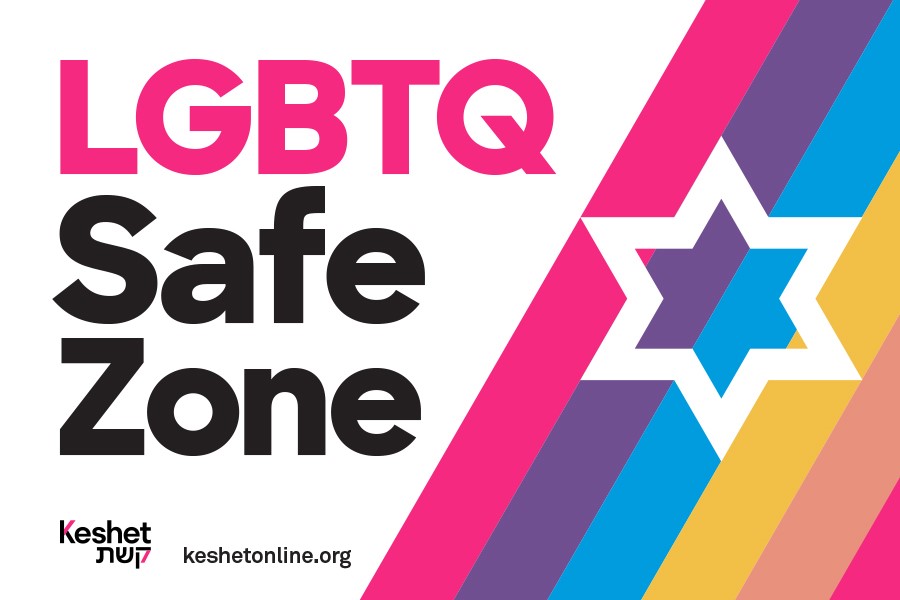
0 Comments